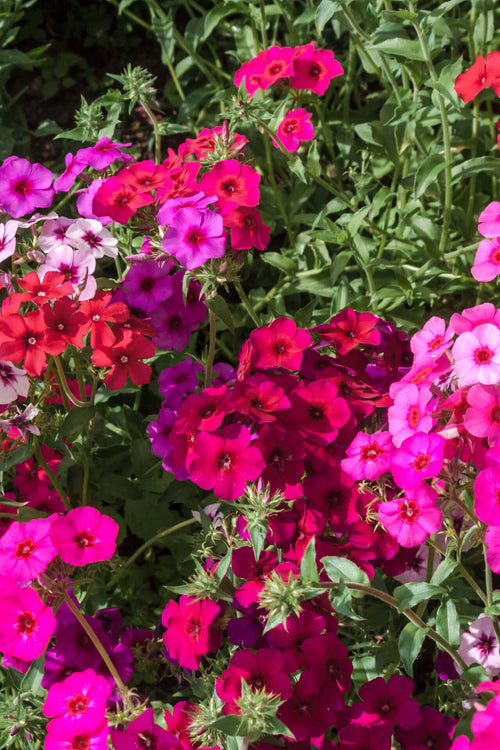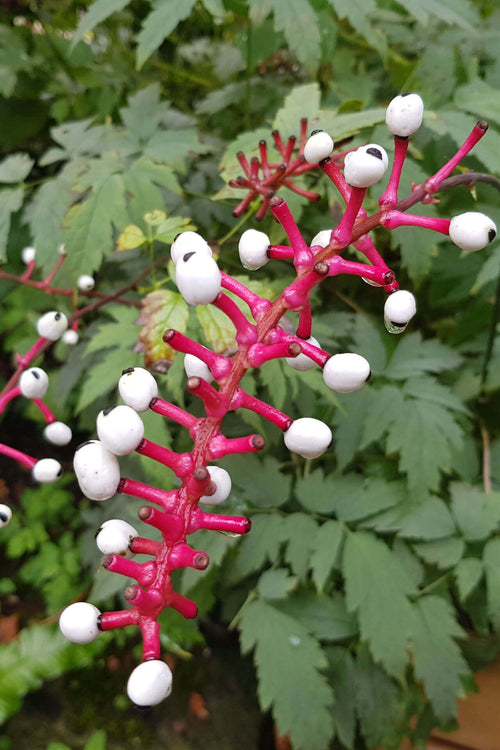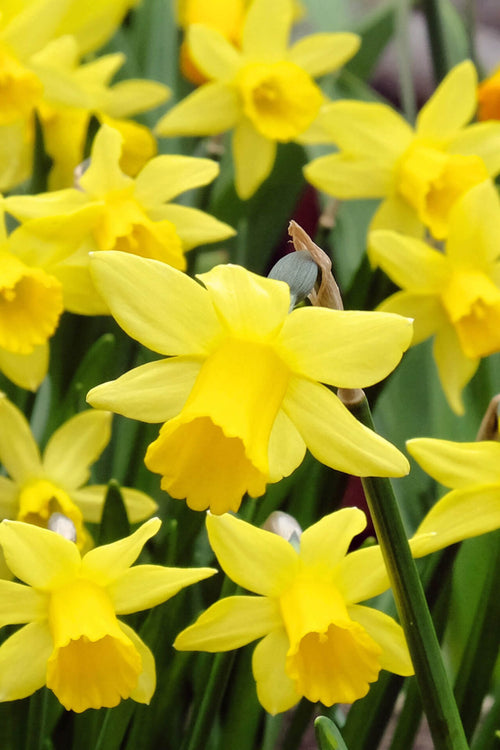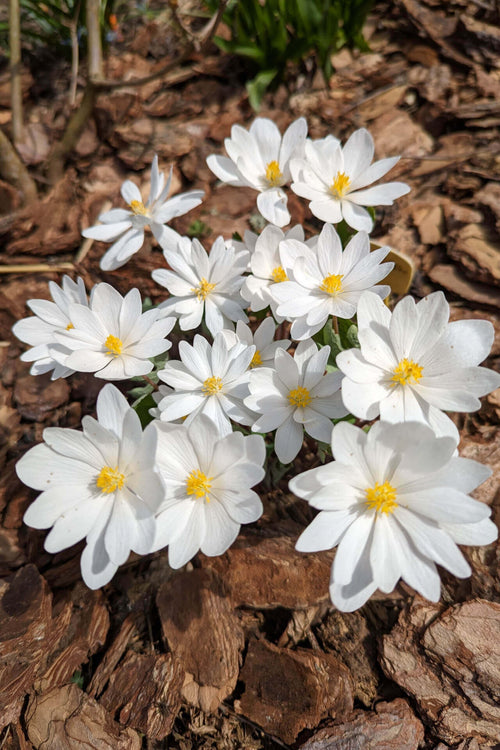The key to a thriving garden lies in waking up your soil, rejuvenating its nutrients, and creating the perfect foundation for your plants to flourish. In this article, we will delve into the concept of waking soil, explore the stunning spring flowers, and provide you with essential tips to get your garden and soil ready for the season of growth and renewal.
What Is Waking Soil?
Waking soil refers to the process of revitalizing the nutrient content and overall soil health, ensuring that it is nourished and ready to support the growth of your plants. When soil is "asleep," it may lack essential nutrients, organic matter, and beneficial microorganisms necessary for optimal plant growth.
As you wake your soil, you create a fertile environment that promotes strong root development and vibrant blooms.
The Importance of Waking Soil
Waking soil is needed for nutrient-rich conditions that support healthy plant growth and improved soil structure. Here's why you should wake your soil.
Nutrient Provider for Plants
Waking soil provides the necessary nutrients for plants to thrive, as they absorb nutrients from the soil to fuel their growth and flowering processes. If the soil lacks essential nutrients, plants may struggle to reach their full potential. Waking up the soil ensures that it becomes enriched with the nutrients needed for healthy and robust plant growth.
Improved Soil Structure
When soil remains dormant for a long time, it can become compacted, hampering water penetration and root growth. However, by incorporating organic matter and loosening the soil, the soil structure can be improved. This creates a favorable environment for plants, as it improves drainage and aeration.
The loosened soil allows roots to easily access water, air, and nutrients, enabling them to grow deeper and establish a stronger foundation. Waking soil and improving its structure promote healthier root systems and enhance the efficiency of nutrient uptake, contributing to the overall vitality of the plants in the garden.
How To Wake Soil for Spring
To wake soil for spring, prepare your soil to create an optimal growing environment. Here are some useful tips to get your garden and soil ready for spring:
Step 1: Remove Weeds and Debris
Start by removing any weeds, dead plants, and debris from your garden bed. Weeds compete with your plants for nutrients and may hinder their growth. Clearing out debris ensures a clean and organized space for your new spring flowers.
Step 2: Test Soil pH
Soil pH levels can affect plant growth. Test the pH of your soil using a soil testing kit, available at most garden centers.
Most plants prefer slightly acidic to neutral soil (pH 6-7), but specific plants may have varying preferences. Adjust the pH accordingly by adding amendments like lime or sulfur.
Step 3: Add Organic Matter
Incorporate organic matter into your soil to improve its structure, water-holding capacity, and nutrient content. Mix in compost, well-rotted manure, or peat moss to enrich the soil's organic content. This addition will provide your plants with a gradual release of nutrients and promote healthy root growth.
Step 4: Fertilize
Apply a balanced organic granular fertilizer to provide an immediate nutrient boost to your plants. Follow the instructions on the fertilizer package for the recommended application rates. Fertilizing will provide a healthy dose of essential nutrients to your waking soil, promoting vigorous growth and abundant blooms.
Step 5: Mulch
Finally, apply a layer of organic mulch around your plants to maintain moisture, suppress weed growth, and regulate soil temperature. Mulch also adds organic matter to the soil as it breaks down over time, further enriching your waking soil.
Spring Flowers That Can Thrive After Waking the Soil
There are a variety of spring flowers that can add a splash of color and beauty to your garden. Whether you prefer delicate perennials or vibrant annuals, there are flowers to suit your preferences. Some of the spring flowers that can thrive beautifully in spring after waking your soil include:
Annual Phlox
The Annual Phlox is a highly sought-after flowering plant known for its abundant blossoms and vibrant colors. One of its most enticing characteristics is its extended blooming season, which spans from spring to summer and even lasts well into the fall. This prolonged display of color ensures weeks and weeks of continuous beauty in your garden, delighting both you and any visitors.
It comes in shades of pink, purple, red, white, and even stunning bi-color combinations. This diverse color palette offers endless possibilities for creating captivating floral displays and allows you to experiment with different combinations and arrangements in your garden.
Baneberry Doll Eye
The Baneberry Doll Eye is a captivating perennial plant that possesses a captivating charm, making it a standout addition to any landscape. Its finely textured foliage creates a delicate and elegant appearance, offering a unique aesthetic appeal to garden spaces. The plant's clusters of small, delicate white flowers exude a sense of purity and grace, adding an ethereal quality to the garden.
The Baneberry Doll Eye's combination of delicate foliage, charming flowers, and unusual berries creates a sense of enchantment and allure within the landscape. These berries resemble miniature doll eyes, with a stark black pupil against a stark white background. This unusual and eye-catching feature not only captures attention but also adds a magical touch to the garden.
Daffodil
Daffodils are another exquisite spring flower that can thrive after waking your soil. With their vibrant yellow, white, and orange blooms, they add a splash of color and cheerfulness to any garden. They bloom in late winter to early spring, signaling the arrival of the new season.
These flowers are easy to grow and maintain as they are adaptable to various soil and weather conditions. They can thrive in full sun or partial shade and are deer-resistant. Daffodils also multiply readily and can be propagated by division, giving you more flowers to enjoy year after year.
Bloodroot
The Bloodroot is another beautiful spring perennial. This plant is known for its unique, delicate white flowers that bloom in early spring, along with attractive lobed foliage that turns a bluish-green color as the season progresses.
This plant prefers partial to full shade and soil that is rich in organic matter. It is also deer-resistant and grows well around other native woodland plants. With its distinctive beauty and easy maintenance, the Bloodroot is an excellent choice for your garden.
Wake Your Soil To Plant Beautiful Spring Flowers Today
Waking your soil is needed for a thriving garden. As you revitalize nutrients and improve soil structure from waking soil, you create an optimal environment for plants to flourish. With the right preparation and selection of spring flowers, you can create a vibrant and beautiful garden.
Ready for spring? Wake your soil today so you can plant beautiful spring flowers soon.
TN Nursery has a wide selection of flowers for you to plant this spring. Shop for perennials today!





















































